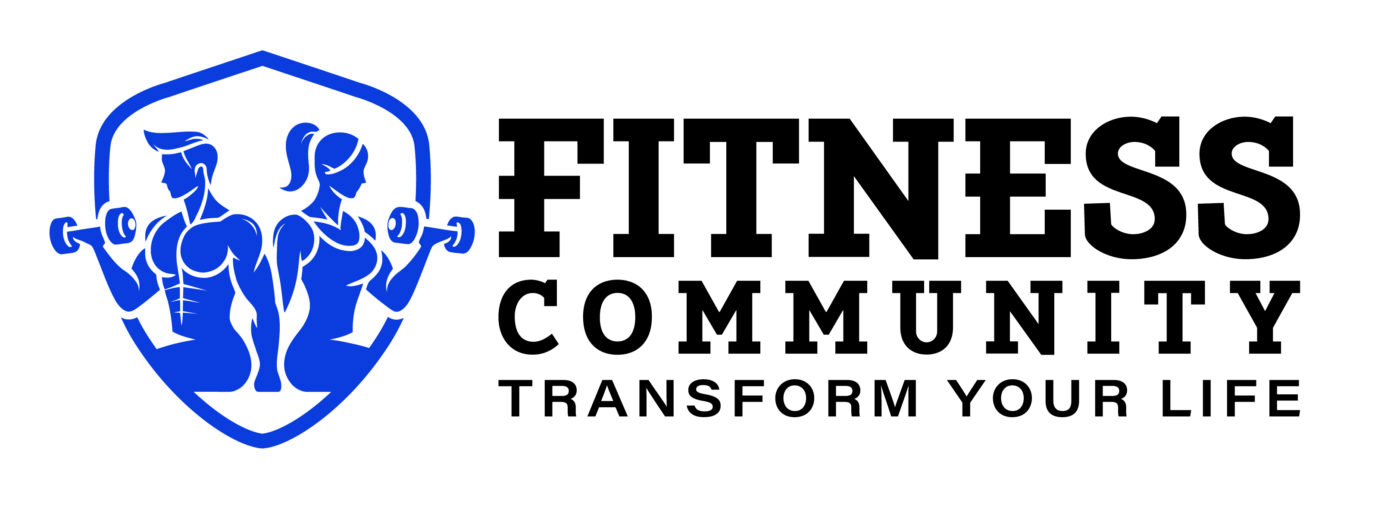EXERCISE AND WORKOUTS
Next-Level Training: Intense Workouts for the Experienced Athlete
If you’ve been training consistently and feel like your routine isn’t delivering the same results it once did, it might be time to level up. Intense exercise isn’t just about going harder—it’s about training smarter, pushing your limits, and strategically challenging your body in new ways to spark growth, improve performance, and ignite fresh motivation.
What Defines Intense Training?
Intense workouts go beyond breaking a sweat. They demand a higher output of energy, elevate your heart rate for longer periods, and push your muscular and mental endurance. For experienced athletes, this can mean:
- Heavier lifts with lower reps
- Advanced HIIT protocols (like Tabata, EMOMs, or AMRAPs)
- Supersets and drop sets
- Plyometrics and explosive movements
- Endurance-based strength circuits
- Sport-specific conditioning drills
It’s the kind of training that leaves you breathless, sweaty, and maybe even questioning your life choices mid-set—but the payoff is massive.
Benefits of High-Intensity Training for Experienced Athletes
- Break Through Plateaus
When your body adapts to your current routine, progress can stall. Introducing more intensity forces new adaptations in strength, speed, endurance, and body composition. - Build More Muscle & Burn More Fat
Intense resistance and interval training spike testosterone and growth hormone levels, promoting lean muscle growth while torching fat—even post-workout thanks to EPOC. - Increase Mental Toughness
Challenging workouts push you past comfort zones, requiring focus, grit, and discipline. This not only boosts performance in the gym but sharpens mental resilience in everyday life. - Improve Athletic Performance
Whether you’re into CrossFit, MMA, marathons, or competitive lifting, high-intensity training translates into faster sprints, higher jumps, stronger lifts, and better endurance.
Examples of Intense Workouts for the Advanced
1. Full-Body Barbell Complex (No Rest Between Movements)
- 6 Deadlifts
- 6 Bent-Over Rows
- 6 Hang Power Cleans
- 6 Front Squats
- 6 Push Presses
- Rest 2 minutes, repeat 4 rounds
2. EMOM 20 (Every Minute on the Minute, 20 mins)
- Minute 1: 12 Kettlebell Swings
- Minute 2: 15 Burpees
- Minute 3: 12 Dumbbell Thrusters
- Minute 4: 10 Pull-Ups
- Repeat 5 times
3. Sprint Interval Workout (Track or Treadmill)
- Warm-up jog 5 minutes
- Sprint 30 seconds at 90–95% effort
- Walk or jog 90 seconds
- Repeat 10–12 rounds
4. High-Rep Burnout (Leg Focus)
- 100 Walking Lunges
- 75 Air Squats
- 50 Jump Squats
- 25 Box Jumps
- Rest 3 minutes, then repeat if you’re feeling bold
Tips for Safe, Effective High-Intensity Training
- Always warm up: Intensity requires readiness—don’t skip activation or mobility work.
- Track your progress: Log weights, reps, rest times, and RPE (rate of perceived exertion).
- Prioritize recovery: Quality sleep, hydration, mobility work, and rest days are essential.
- Fuel properly: You’ll need protein for repair and complex carbs for fuel—don’t under-eat.
- Listen to your body: There’s a fine line between pushing limits and overtraining. Know when to back off.
The Mindset: Train With Purpose
Intense workouts aren’t just about going harder for the sake of it. They’re about intentional, structured efforts to evolve your body and sharpen your mind. If you’ve built a solid foundation, now’s your time to level up.
The grind is real—but so are the results.

